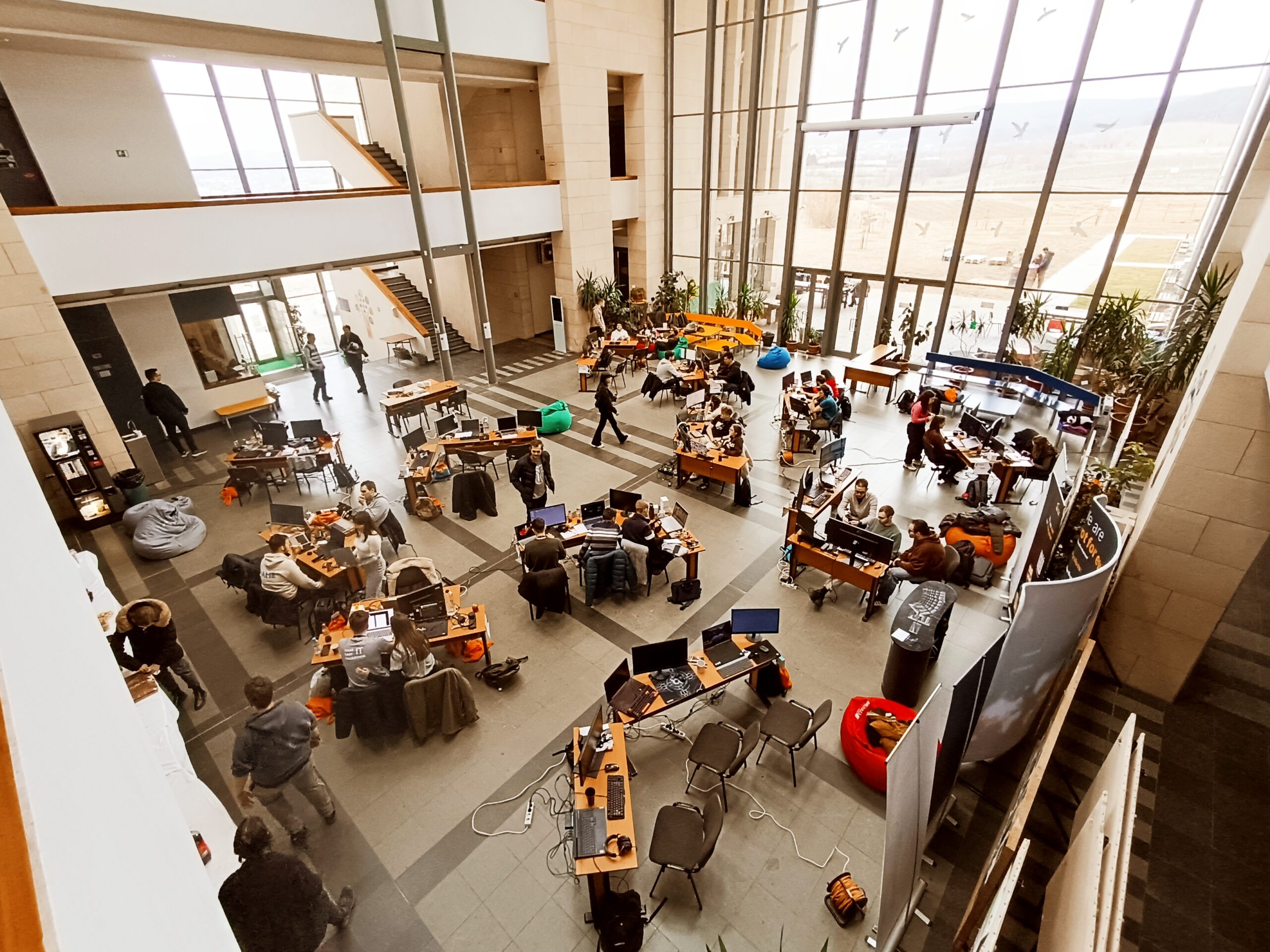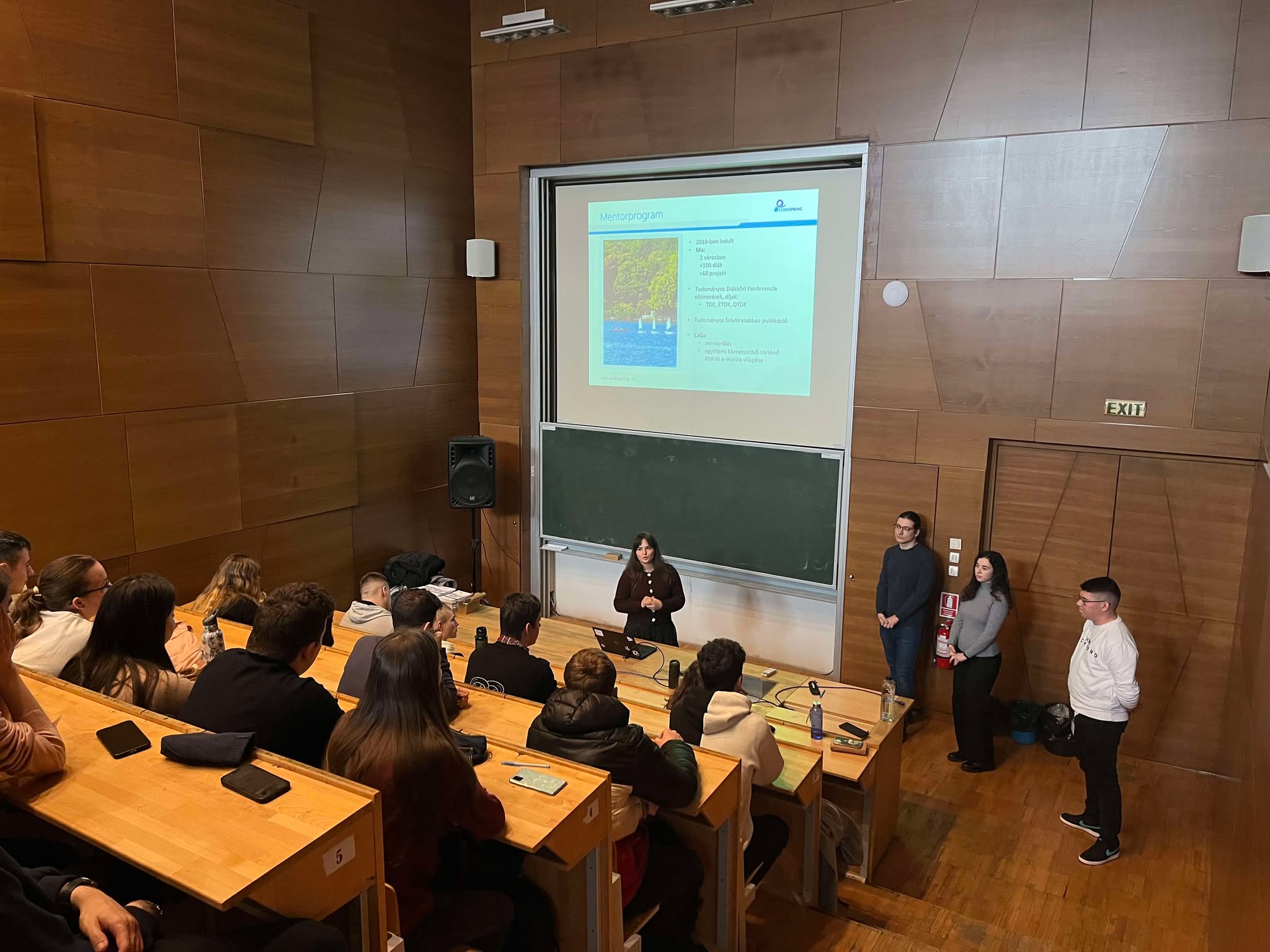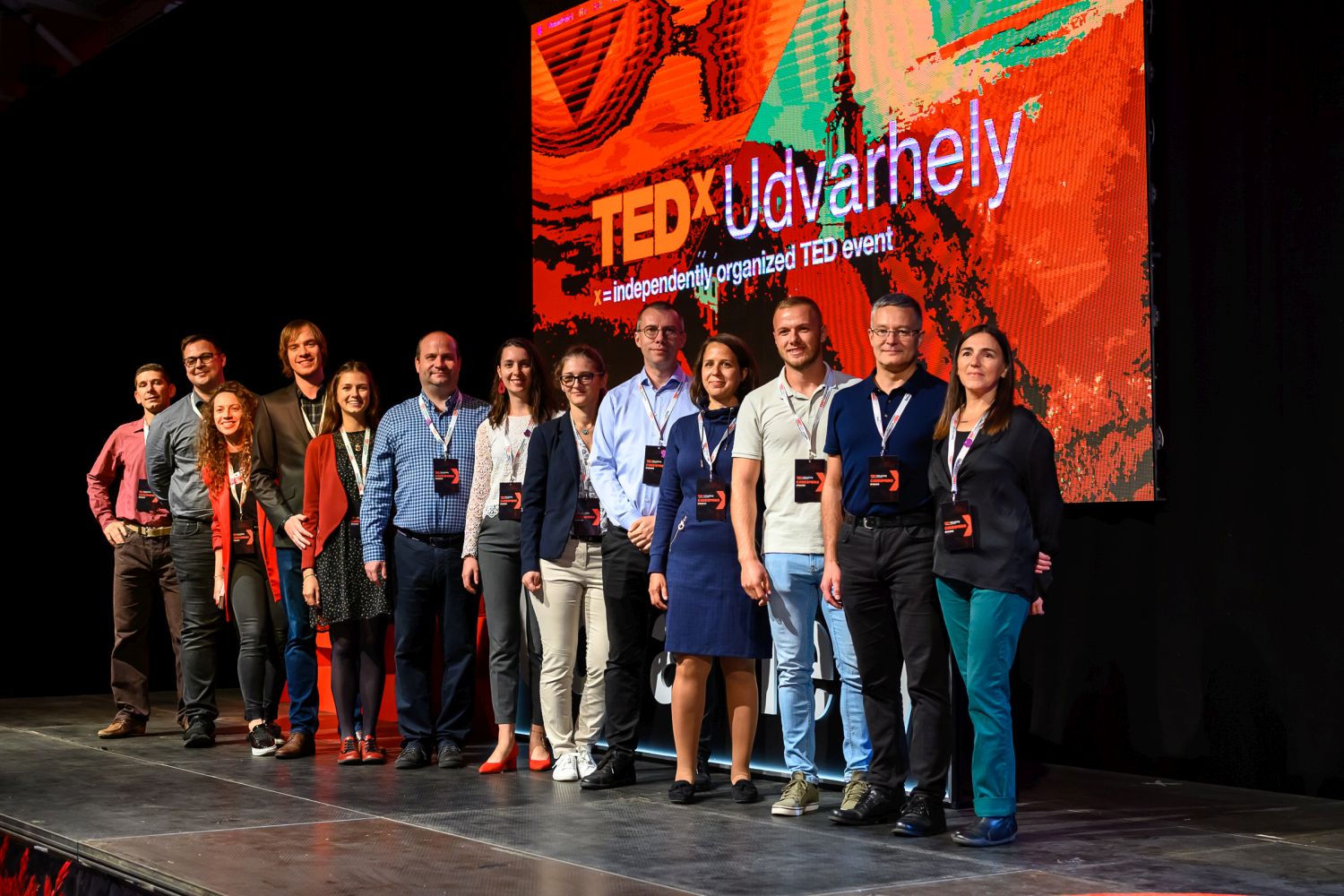As we step in Q4 of 2011, Cluj-Napoca IT&C community consolidates its position on the Romanian and wider, CEE market. Ranked 1st in the country for hardware production (up to H2/2011), and 3rd for software development, the city confirmed again the positive forecasts. Our exclusive research revealed a total market growth of 50% in 2010, and healthy profit margins for each segment. Find out why this city, in the heart of Transylvania, is attracting more IT&C business investors.
Current Cluj-Napoca IT&C Market Structure
This study takes in consideration only active companies, specialized providers for software development and hardware production, having their headquarters and operations in Cluj-Napoca and surroundings. The first characteristic deriving from the research is that, unlike Bucharest (capital of Romania) governed by Telecom providers, Cluj-Napoca hosts top hardware production facilities in the country and top R&D centers in software development.
In total volume, the local IT&C market is dominated by the hardware production sector, generating 95% of the total market turnover, the equivalent of EURO 1,6 B (in 2010). As expected, this segment is represented by a small group of companies, both local and international. Against this comfortable market zone, the remaining 5% of the market volume is being produced by the more crowded segment of client oriented software development providers. Up to 80 companies of the kind were subject to our research, out of which 25% have domestic ownership, while 75% have mixt or foreign ownership. Compared to 2009 market shares, we can observe that software development providers have won 1% (in 2010) in addition to their previous situation.
Constant growth on all segments
As odd as it may seem, Cluj-Napoca IT&C market grew 2,2 times in 2009 compared to 2008, and 1.5 times in 2010, compared to 2009, reaching currently the total value of EURO 1,76 B. The software development segment has contributed to this trend with a segment growth of 23% in 2009 and of 21% in 2010. The total software development turnover recorded for 2010 was of EURO 82 million. As investments in hardware production facilities were advancing, this category has known a quite spectaculous evolution in Cluj area. Since 2007, we have been witnessing a growth by 20 times of the cumulated turnover.
Not only revenues are growing on the IT&C market in Cluj-Napoca, but total profits and profit margins too. Acting as a “business health” indicator, german and UK investors found this location as a resourcefull and full of creative potential one.
Rewarding net earnings
Considering the tradeoffs that did occur on the Romanian IT&C market and in Cluj-Napoca in particular, the outcome remained positive. There are some companies that chose to close and exit the market; others that were lucky to sell and enter M&A operations, while the most solid businesses managed to contract more work volume, even if at lower fares as margins show it. As presented in the table, EAT (earning after tax) margin calculated for 2010 reached the level of 2008 for the total market and for each segment indvidually.
A quick look at the last years’ total Cluj software development market indicates that we are about to reach a new corner stone: the segment doubled in 2008 compared to 2007, and had an av. 20% consecutive growth in 2009 and 2010 , while profit margins were of 20% in 2009 and of 13% in 2010. The higher earnings in the segment are attractive, but competition is high and entry barriers difficult to surpass. Our research revealed the fact that av. 15-20% of the local software development companies play the role of the market’s ballast tank: they enter the market as they exit it. Those companies that manage to escape this “sieve effect” prove to have more chances in the battle for acquiring market volume.
Accountable for 95% of the local market, the hardware production segment presents profit margins fluctuations from 3% in 2008, up to 7% in 2009 and back to 3% in 2010. We also note that some legal entities are production facilities acting as cost centers for their mother companies.
Based on the collected data and available forecasts, we estimate that 2011 will close on higher profit margins and greater maket volumes. In particular, for the software development segment, it is expected another av. 20% increase in total turnover and a recovery of the profit margin, up to the level of 14%, after tax.
Economic and fiscal landscape
In order to understand the context in which IT&C companies reached the previous mentioned figures, one should look at the changes that this city is undergoing. In 2010, Cluj-Napoca was the choice of new BPO/KPO/SSC companies, defining the city’s position as an emerging hub for such activities. Also, local companies have been nominated in various international business top rankings, as a proof of the potential residing within this community and its resources.
From the fiscal perspective, the latest improvement consists in the shifting to the electronic submission of mandatory financial statements. Romania has embraced the e-Governement programme and is trying to align its main processes with the broader e-Europe initiative.
Cluj-Napoca labor pool
Extremely important for any intellectual capabilities based business, the size and quality of the available human resource must be taken into consideration. Cluj-Napoca has av. 305.636,00 inhabitants and another av. 379.705,00 residents in the metropolitan area. The city hosts a diverse ethnic and cultural spectrum: 80% Romanians, 19% Hungarians, 1% Roma, 0.23% Germans and 0.06% Jews are present. Consequently, Romanian, Hungarian and German language are met as “mother tongue” and have dedicated study lines in the major universities. Next, English and French are the most frequent studied foreign languages. Many employees are either bilingual or polyglot and have a natural inclination for learning new languages.
Elite institutions provide annually av. 600 graduates in Information Technology and Computer Science. Babes-Bolyai University from Cluj-Napoca has been ranked 601+ among the top 1000 universities in the world for 2011, by Quackarelli Symonds (known from the Times Higher Education Supplement).
2011 countdown
For the remaining three months of 2011, we expect the confirmation of the initial forecasts. The local IT&C community is already planning for 2012 and we are likely to see new business models on the horizon. Our market research team is in course of refining collected data, so that we can provide you more insight about the Cluj-Napoca IT&C market.
Please check the dedicated charts and additional information on the Codespring Company Papers page.









